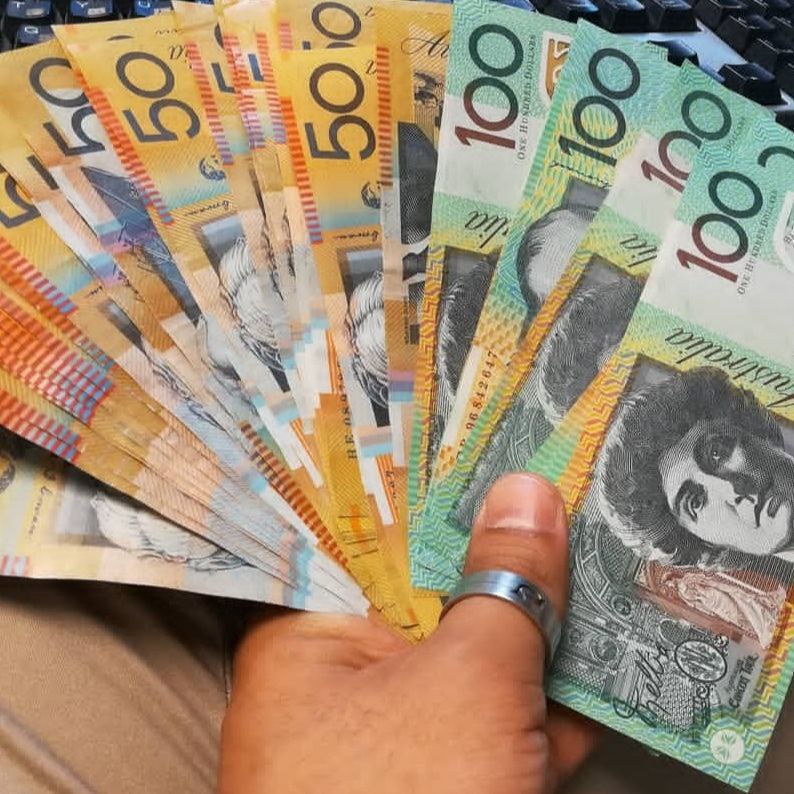
UK Banknotes and Coins
Buy UK Banknotes and Coins Online
Old Banknotes Still in Use
Almost £19 billion in old banknotes remain in circulation, just six months before paper £20 and £50 notes stop being legal tender. The Bank of England is preparing to withdraw these notes after 30 September 2022.
Withdrawn and Replaced Notes
Paper £10 and £5 banknotes have already been withdrawn. They have been replaced with new plastic notes featuring enhanced security measures.
Exchange Policy
The Bank of England continues to exchange old notes for their face value, ensuring holders can still redeem them.
Old coins in Circulation
According to the Royal Mint, £105 million worth of old one-pound coins are still circulating.
Cash in Circulation
Freedom of Information requests by BBC Wales revealed details about cash still in circulation or stored in homes:
- 775 million paper banknotes remain in circulation, including:
- 113 million paper £5 notes
- 73 million paper £10 notes
- 360 million paper £20 notes
- 209 million paper £50 notes
The Bank of England withdrew paper £5 notes in May 2017 and paper £10 notes in March 2018. Since then, these notes are no longer legally accepted as payment.
Old-Style £1 Coins Still Unreturned
The Royal Mint reports that around 105 million old-style £1 coins have not yet been returned.
Counterfeit Coins Detected
Out of the 1.6 billion coins that have been returned, approximately 1.45 million were identified as counterfeits.
New £1 Coin Design
The round £1 coin was replaced by a 12-sided version in October 2017 to combat counterfeiting.
Usage of Old Coins
Although shops no longer accept the old-style coin, people can still deposit them at high-street banks.
Coin Recycling Process
The Royal Mint, fully owned by the UK Treasury, melted down about 138 million round £1 coins at its Llantrisant facility in Rhondda Cynon Taff to create some new coins.
The polymer £50 note featuring the portrait of Alan Turing entered circulation on 23 June 2021, meaning the Bank’s entire collection of currently-printed banknotes is made of plastic.
‘Retain face value’
While the paper £5 and £10 notes are no longer legal tender, they will always be exchanged by the Bank of England.
A spokeswoman explained that “all genuine Bank of England banknotes that have been withdrawn from circulation retain their face value for all time”.
People can also post old notes to the bank in Threadneedle Street, in the City of London, to be paid into a bank account, by cheque or, “if you live in the UK and your exchange is worth less than £50”, swapped for new-style polymer ones.
Old notes can also be taken there in person but the the bank warns of “long queues and waiting times up to an hour”.
If you have a UK bank account, the Bank of England said the simplest and quickest way to exchange paper £20 and £50 notes “will normally be to deposit them with your bank”.
The use of cash fell sharply during the coronavirus pandemic, as lockdowns reduced options for spending.
This accelerated a downward trend for the use of notes and coins.
However, cash still accounted for 17% of all payments in 2020, according to the latest available figures by banking trade body UK Finance, making it the second most-popular way to pay after debit cards. Figures for 2021 will be published this summer.
The new £1 coin is described by the Mint as the most “secure in the world” and has a string of anti-counterfeiting details, including a hologram, and micro-sized lettering inside both rims.
It also has material inside which can be detected when electronically scanned by coin-counting or payment machines.
